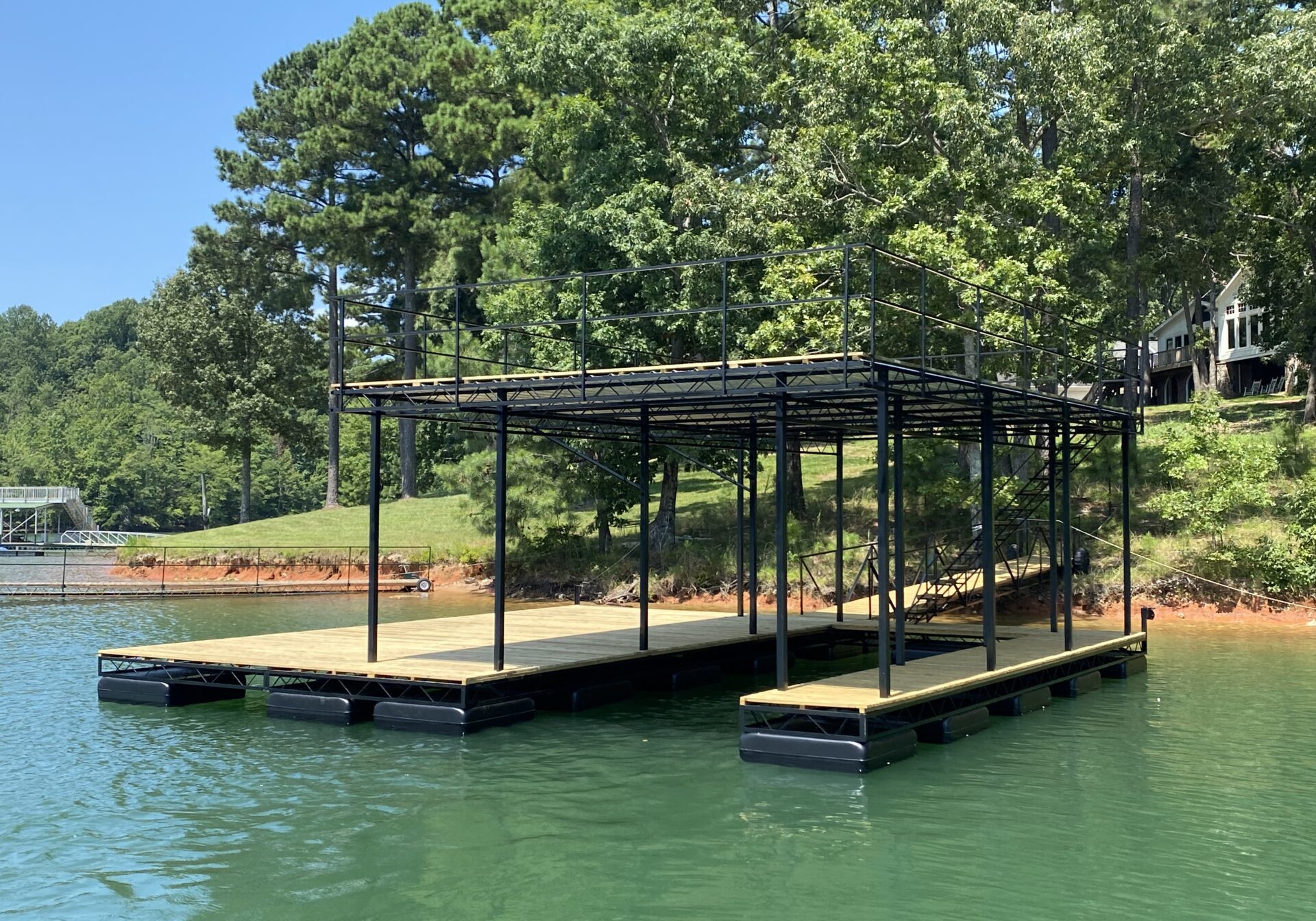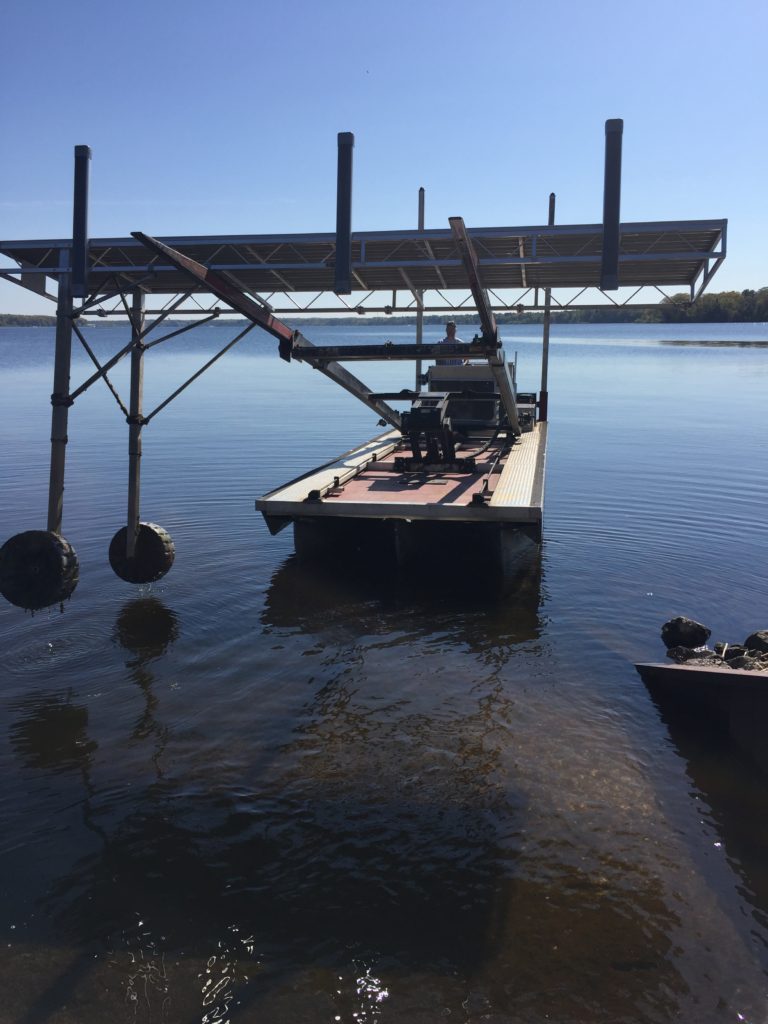Understanding the Costs Associated With Dock Repairs
Understanding the Costs Associated With Dock Repairs
Blog Article
Effective Dock Repair Techniques: Ensuring Structural Integrity
Making certain the structural honesty of docks via efficient repair methods is critical for the long life and safety of aquatic facilities. Ultimately, selecting the ideal repair materials, such as corrosion-resistant alloys and composite materials, is critical for sturdiness.
Assessing Dock Damages
Assessing dock damage is a critical very first step in ensuring the structural honesty and safety of any type of docking center. This initial examination entails an extensive examination to identify both noticeable and surprise damages. Secret elements to check out consist of the dock's foundation, pilings, decking, and equipment. Each part should be looked at for indicators of wear, rot, corrosion, or other types of destruction that could compromise the architectural integrity.
Architectural engineers or certified inspectors generally carry out these assessments using specialized tools and techniques. Undersea assessments may utilize sonar equipment or from another location ran cars (ROVs) to spot submerged damages. Above water, visual examinations are enhanced by making use of wetness meters and other diagnostic devices to discover underlying issues not instantly visible to the nude eye.

Deciding On Repair Materials
Picking the suitable repair service materials is a crucial action in the dock remediation procedure, one that directly influences the long life and performance of the repaired framework. Product option need to be driven by variables such as environmental conditions, load-bearing demands, and compatibility with existing dock parts. Timber is a typical selection for anchors due to its all-natural strength and visual charm. Picking the right kind of timber, such as pressure-treated lumber or normally rot-resistant varieties like cedar or teak wood, is critical to withstand marine settings.
In enhancement to timber, composite materials are progressively prominent as a result of their durability and reduced maintenance requirements. Compounds, normally made from a blend of plastic and timber fibers, supply outstanding resistance to rot, insects, and UV damages. For metal anchors, choosing corrosion-resistant alloys such as galvanized steel or marine-grade light weight aluminum is important to avoid rust and make certain structural honesty in saline water conditions.
Epoxy materials and marine-grade sealants are indispensable for fixing fractures and securing joints, offering a water-proof barrier and boosting the dock's general toughness. By meticulously selecting premium products, dock repairs can accomplish durable outcomes, thereby protecting versus future destruction and ensuring safe, reputable usage.
Architectural Support Techniques
Effective structural reinforcement methods are important in ensuring the stability and longevity of dock repair work. One essential technique includes making use of steel or composite support bars (rebar) within concrete frameworks. Rebar supplies added tensile toughness, protecting against cracks and distributing loads more evenly. This method is particularly efficient for docks subjected to heavy tons or severe ecological problems.
Another important technique is the application of fiber-reinforced polymers (FRP) These materials offer high strength-to-weight continue reading this proportions and excellent resistance to corrosion, making them ideal for enhancing wood or concrete docks. FRP can be used in strips or sheets and adhered with epoxy materials to improve structural integrity.
Supporting and securing systems likewise play an important role in structural support. Cross-bracing, making use of steel or wood beam of lights, can counteract side forces, decreasing guiding and motion. Securing systems, such as helical piers or driven stacks, provide a secure foundation by transferring lots to deeper, extra steady soil layers.
Last but not least, the integration of load-distribution plates can aid disperse weight more equally across the dock's surface area, reducing local tension factors. These techniques jointly guarantee that anchors stay robust and risk-free, efficient in holding up against the rigors of their functional atmosphere.
Advanced Repair Approaches

Another sophisticated method includes undersea welding, which permits fixings to be performed without the demand to dewater the location. This method is particularly advantageous for attending to architectural concerns in immersed dock parts, ensuring minimal disturbance to operations. Enhanced welding techniques, coupled with robotic systems, provide precision and reliability, therefore expanding the life-span of the dock.
Furthermore, cathodic security systems are executed to avoid corrosion in metal dock frameworks. By utilizing sacrificial anodes or impressed existing systems, these strategies successfully reduce the electrochemical processes that lead to product degeneration.
Finally, advanced surveillance innovations, such as structural wellness tracking (SHM) systems, offer real-time data on the problem of dock structures. These systems make it possible for positive try this maintenance and prompt treatments, ultimately ensuring the lasting structural stability of the dock.
Maintenance and Avoidance
Upkeep and prevention are basic principles that underpin the durability and safety of dock frameworks. Routine inspections are paramount, allowing for very early discovery of wear and tear, possible weak points, and environmental impacts. An aggressive method, entailing routine checks for deterioration, rot, and architectural changes, reduces costly repairs and lengthens the dock's operational life.
Preventative procedures should consist of applying safety layers to metal components to safeguard against corrosion and using treated timber to stand up to decay. In addition, ensuring correct drainage and air flow can prevent water buildup, which is a typical reason of structural deterioration. Integrating top quality materials and sticking to manufacturer guidelines throughout building and construction and repair service stages likewise play important roles in boosting longevity.

Educating employees in dock upkeep finest practices ensures consistent application of preventive measures. Leveraging technical breakthroughs, such as drones for assessments and sensors for real-time monitoring, can further enhance upkeep efforts. By prioritizing upkeep and avoidance, dock owners can ensure structural integrity, functional security, and economical administration over the dock's lifespan.
Conclusion
In verdict, preserving the structural stability of aquatic facilities requires thorough dock repair work strategies. Advanced repair work methods, paired with regular maintenance practices, guarantee the dock continues to be operational and secure under diverse environmental conditions.
Making sure the architectural honesty of anchors via effective repair work methods is vital for the durability and safety and security of aquatic centers.Picking the ideal fixing products is this page a pivotal action in the dock restoration process, one that directly influences the longevity and performance of the repaired framework.Reliable structural support strategies are critical in ensuring the security and long life of dock fixings. By focusing on upkeep and avoidance, dock proprietors can make sure architectural stability, operational security, and affordable administration over the dock's life expectancy.
In final thought, preserving the structural integrity of marine facilities demands thorough dock fixing strategies.
Report this page